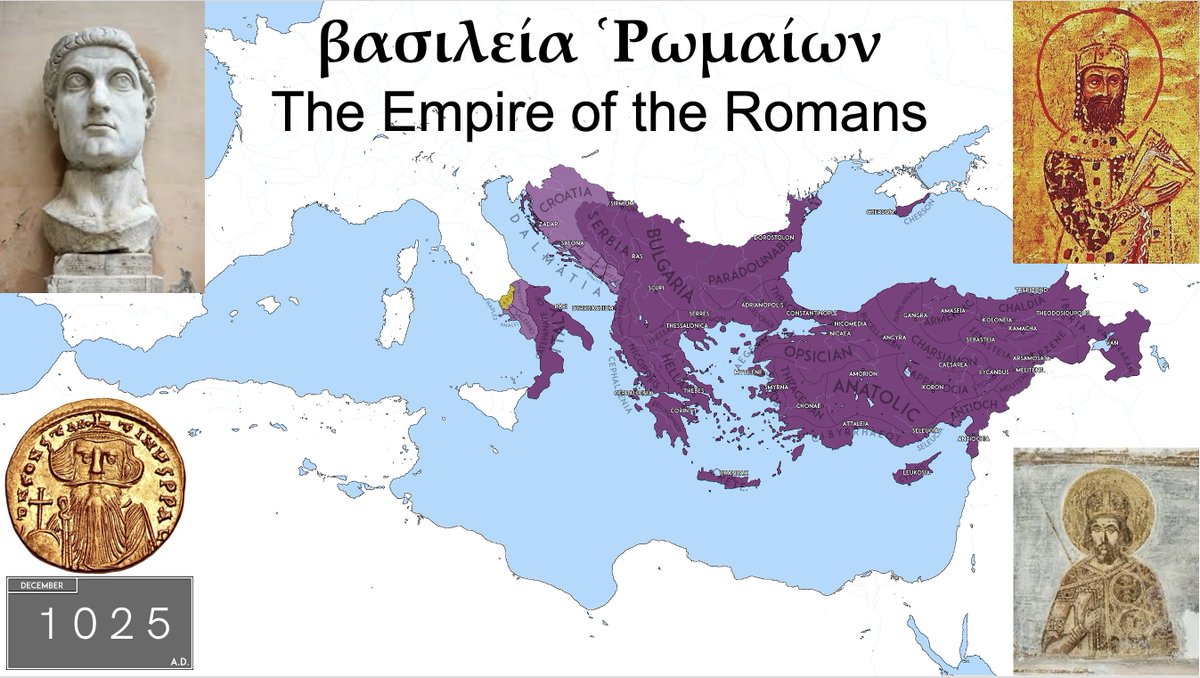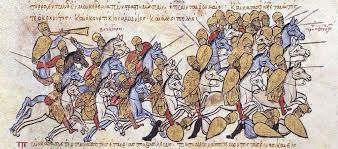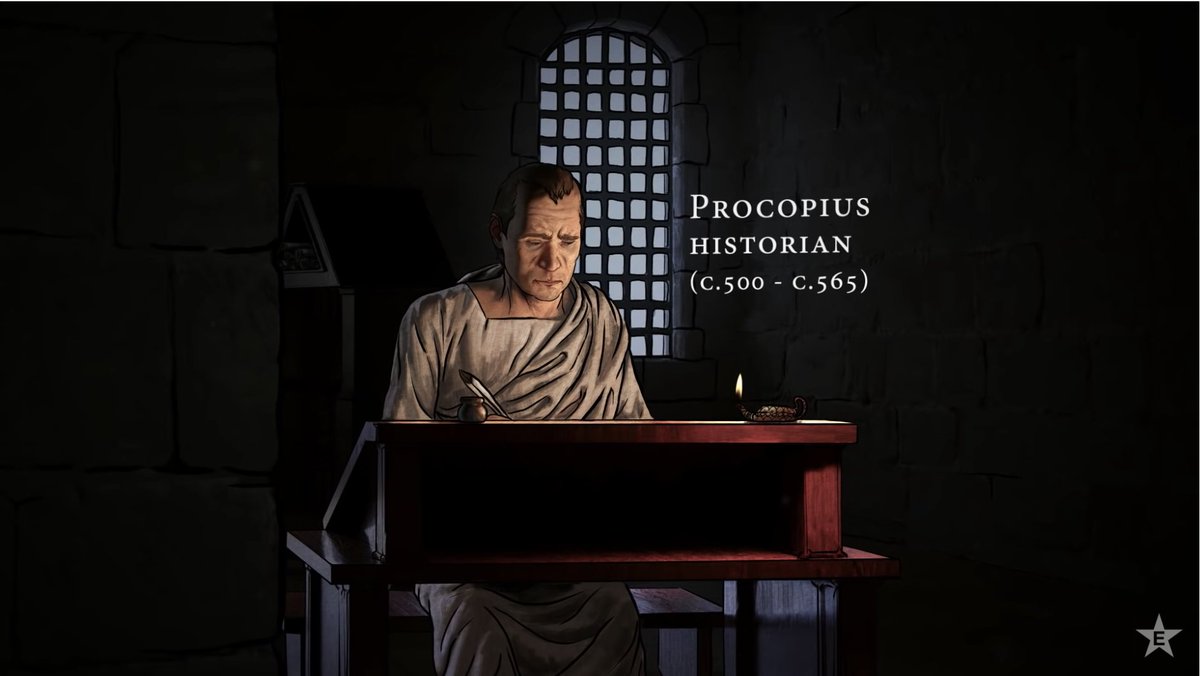The first campaign of Belisarius in Italy (535-540) was wildly successful, restoring most of the peninsula to Roman rule. Did the inhabitants of Italy welcome this? One way to answer that question is to visualize how Belisarius took cities in Italy. 🧵 #Roman #Byzantine #History 

Today I introduce a small digital history mapping project that does just that. The image shown in the first tweet of this thread is an overview of the map. The map shows every city or region of Italy mentioned during the campaign by the historian Procopius of Caesarea. #dh 

The pins for cities and regions are color coded based on how long it took Belisarius and the Roman army to take control of the location. Green represents no effort (instantaneous submission), yellow represents a short siege, orange a medium siege, and red a long siege.
To be even more specific, I counted a short siege as three days or less, a medium siege as a month or less, and anything over a month as a long siege. Each pin also contains a short summary of how the Romans took the location and a reference to the relevant passage in Procopius. 

I will talk about what conclusions we might draw from this project in the remainder of this thread, but if you want to get into the map and play around with it yourself, here is the link straight to the project in Google Earth:
earth.google.com/earth/d/1JZBBq…
earth.google.com/earth/d/1JZBBq…
The first thing that stands out when looking at the map is the overwhelming amount of green pins, signifying locations that instantly submitted to Roman forces when they showed up. Of 36 total pins, 29 are green.
The preponderance of green is even more extreme when you consider that three green pins (Samnium, Apulia, Calabria) represent entire regions rather than just individual cities. Each of these regions contained many important cities that surrendered to Belisarius without a fight. 

The second thing that really stands out is the distribution of the red pins, which signify fortified cities with Gothic garrisons that resisted a Roman siege for more than a month. All of the red pins are to the north of Rome. 

In almost all of Italy south of Rome, Belisarius and the Roman army were welcomed with open arms by Italian Romans. Naples, where some passionate civilian leaders and a stout Gothic garrison encouraged resistance to Belisarius, is the exception that proves this rule. 

In general, the map demonstrates that resistance to Belisarius and the Roman army was concentrated in northern Italy, which not coincidentally was the region where most Gothic warriors were settled. It was the Goths, not the Italian Romans, who opposed Belisarius.
This map does not by itself prove that the majority of the inhabitants of Italy welcomed Belisarius, the Roman army, and the restoration of rule by the emperor Justinian. And attitudes perhaps changed the longer the war dragged on. 

But, at least at the start of Belisarius' first campaign in Italy, the swift submission of the majority of the peninsula to Roman rule does seem like it should count for something. Fin. 

• • •
Missing some Tweet in this thread? You can try to
force a refresh





















